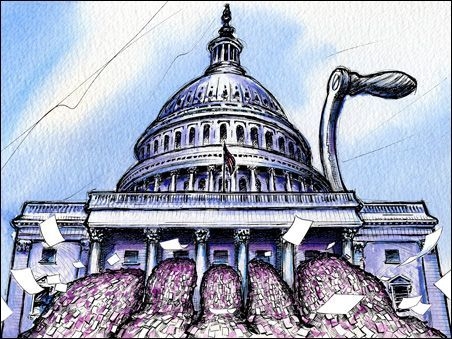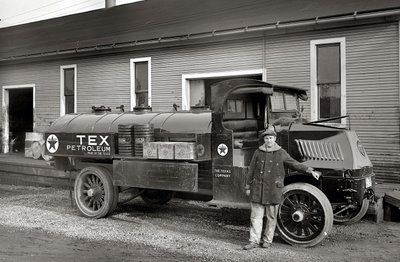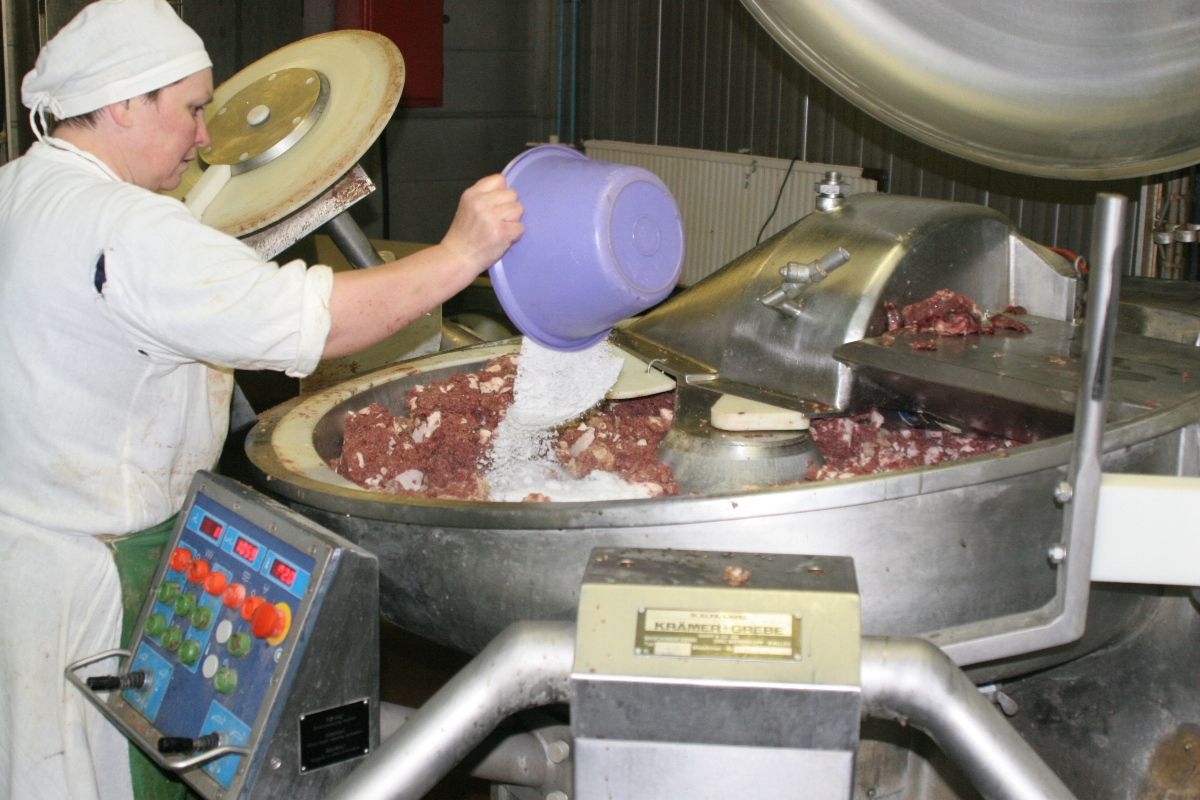What is it? And why is it important?
For years, transportation managers relied on a set of rules that dictated the productivity of truck drivers. Many successful trucking businesses gauged their productivity by understanding how those rules controlled one resource—the hours a driver could operate. Hours of Service (HOS) rules define the number of daily and weekly hours that a driver can spend driving, working, and resting between shifts.
 Speaking with general business managers and supply-chain managers, I have noticed a failure to understand how changes in the HOS will affect business. That is dangerous. It is important for any US-based logistics manager to understand the impact of the HOS rules on their supply chain network and on the overall economics of our trade. Failure to understand how these rules affect the economics of trucking companies, of drivers, and the overall economy of the United States can be fatal to a business—and potentially to our economy.
Speaking with general business managers and supply-chain managers, I have noticed a failure to understand how changes in the HOS will affect business. That is dangerous. It is important for any US-based logistics manager to understand the impact of the HOS rules on their supply chain network and on the overall economics of our trade. Failure to understand how these rules affect the economics of trucking companies, of drivers, and the overall economy of the United States can be fatal to a business—and potentially to our economy.
Politics is involved with any government regulation. There are always those on opposite sides of any issue who will distort the facts to support their cause. These special interests usually gain wealth and power at the expense of the majority who have to work to pay for the regulation.
We practitioners have watched the ongoing struggle and voiced our opinions about the HOS. As with any political discourse, the debate tends to be controlled by polar opposites. Our goal with this series about HOS regulations is to educate logistics practitioners and the general business community about the realities of HOS regulations, and about how changes to these regulations affect the success of businesses and the nation's economy.
We have a fundamental goal we are trying to achieve and an agenda to meet this goal. We believe that there is still insufficient data to support a change to fewer hours per day. It is our belief that the relentless efforts of safety advocacy groups to reduce commercial drivers’ hours, while noble and well-intentioned, are overzealous and misguided. We believe that transportation labor unions, specifically the Teamsters, are motivated to press for reduction in hours. On the opposite end of the spectrum, nonunion drivers, independent businesspersons, owner-operators, trucking companies, and the shipping community wish to gain as much productivity as possible while maintaining safety.
The following articles will focus on the reality behind the arguments. We believe that with thorough and complete education, reasonable people can arrive at a reasonable agreement that properly balances safety and economics.
Our goal is to energize and motivate shippers to take an interest in this subject and to become alert to the interest groups that are pressing for regulation changes that will harm our economic strength without improving our highway safety.
We want to motivate you to take action. We believe that once shippers understand the facts, the impact of the proposed changes, and the potential pressures on the market, they will become angry and take action. These changes will make life as a shipper more difficult and will take money out of the pockets of almost everyone involved in the transportation and logistics industries. We also believe that these changes will not improve our environment, but will actually prove to be destructive.
Before taking action, we urge you to read the following essays. As businesspeople and citizens involved in commerce it is incumbent upon you to rise up and make your voices heard by regulators, the courts, and Congress. If we do not make our views heard and understood by the regulators, there is little chance that we will win our cause.
Articles in This Series
Lessons & Stories

Hours of Service History
For years, transportation managers relied on a set of rules that dictated the productivity of truck drivers. Many successful trucking businesses gauged their productivity by understanding how those rules controlled one resource—the hours a driver could operate. Hours of Service (HOS) rules define the number of daily and weekly hours a driver can spend driving, working, and resting between shifts. Read More

HOS Criteria: What is It? Who Determines it is Important?

The Drive to Change the HOS Rules: 1995 to Now
As the population grew and the economic engine powering the United States revved up, more cars and trucks began traveling on the nation's highways. Vehicle ownership grew at a much faster pace than the nation’s highways. More vehicles competing for space on our highways created more congestion. Read More

The HOS Chronicles: Federal Rulemaking Sausage
Federal rules and regulations are created in a structured and formal process. Congress creates laws and the president either signs them or vetoes them. Once a law leaves the president’s desk it is up to a federal agency to create the rules and regulations that define the law. Read More


